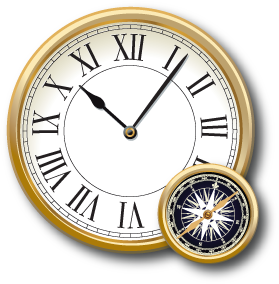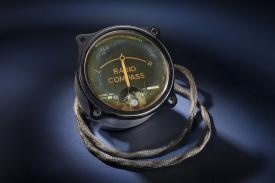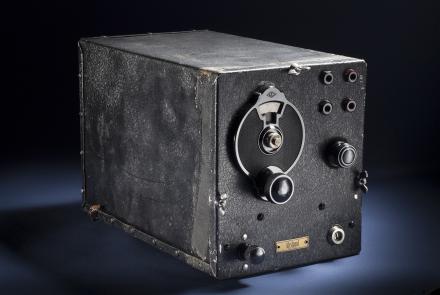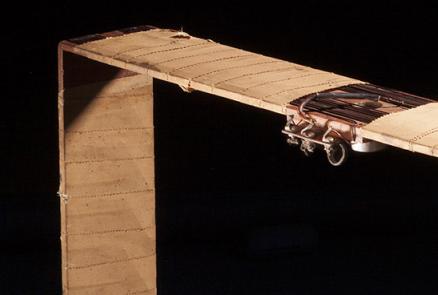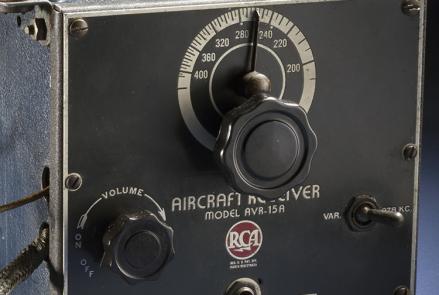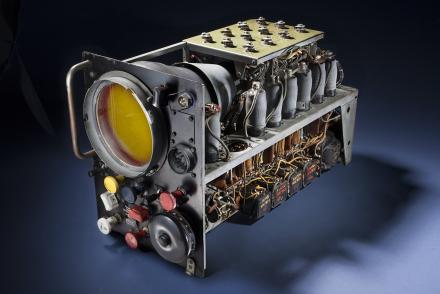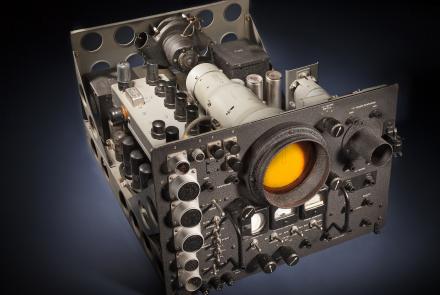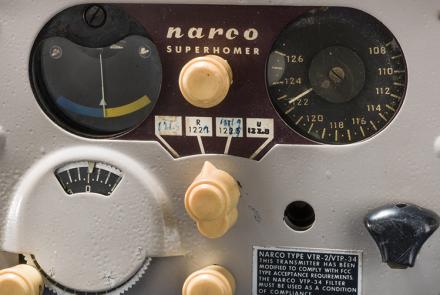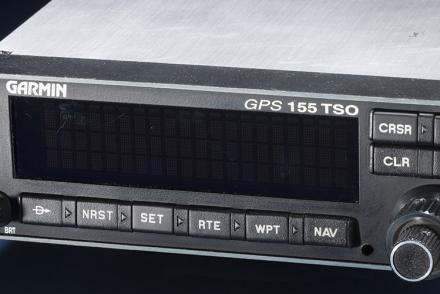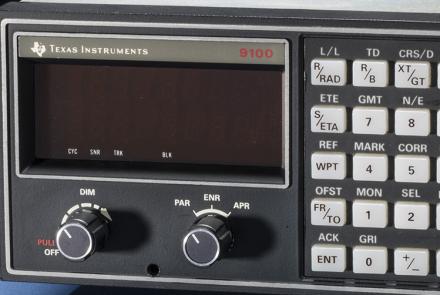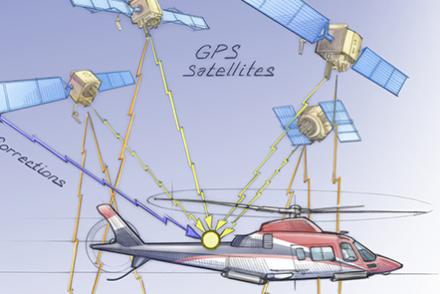Radio navigation became the most important air navigation technology.
Before World War II, radio navigation could only provide a course or a bearing to a station. The invention of timekeeping technologies, such as the crystal oscillator, led to a new era of systems that could fix position accurately and were easier to use. Each system of radio navigation uses time in a slightly different way and each requires its own type of navigational charting.
By World War II, a web of air navigation radio stations and beacons connected by “airways” began to cover the globe. When war broke out, new military equipment revolutionized air navigation. This allowed less experienced users to achieve the same results as highly trained celestial navigators and eventually decreased the need for professional navigators.
TOOLS: Radio Direction Finding (RDF) stations, radio compasses, radio range, Very High Frequency Omni Range (VOR), YE-ZB, radar, Gee, Decca, LORAN, GPS.
ADVANTAGE: Works when out of sight of the ground and/or sky.
DISADVANTAGE: Requires complex and heavy equipment in the aircraft and a complex array of ground and/or space-based equipment and infrastructure.
CHALLENGES: Subject to natural or manmade interference. Most prone to technical failure.


